eco options for a slopes driveway. Agtec Geocell ground grid pavers
Lidia
4 years ago
Featured Answer
Sort by:Oldest
Comments (15)
User
4 years agolast modified: 4 years agoLidia
4 years agoUser
4 years agolast modified: 4 years agobtydrvn
4 years agobtydrvn
4 years agoUser
4 years agoLidia
4 years agoLidia
4 years agoLidia
4 years agoUser
4 years agolast modified: 4 years agoLidia
4 years agoAmy Bowling
2 years agoJohnson
2 years agoJohnson
2 years ago
Related Stories
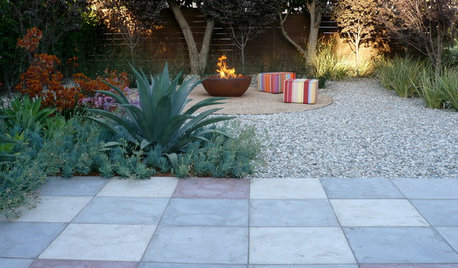
MATERIALSPrecast Concrete Pavers Make a Versatile Surface in the Garden
You can use concrete pavers in a variety of shapes and colors for your patio, walkway, driveway and more
Full Story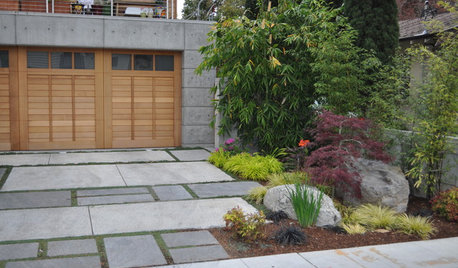
CURB APPEALDriveways With Contemporary Curb Appeal
Get creative with plantable pavers, stone slabs, geometric concrete patterns and less traditional paving materials
Full Story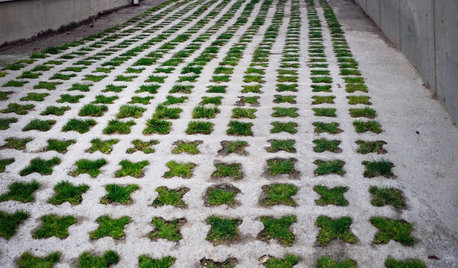
EARTH DAYHow to Build a Greener Driveway
Install a permeable driveway to keep pollutants out of water sources and groundwater levels balanced
Full Story
GREEN BUILDINGOff the Grid: Ready to Pull the Plug on City Power?
What to consider if you want to stop relying on public utilities — or just have a more energy-efficient home
Full Story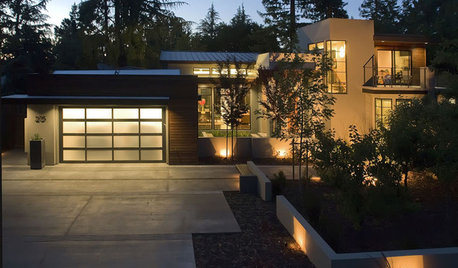
REMODELING GUIDESConcrete Driveways: Poring Over the Pros and Cons
Concrete adds smooth polish to driveways and a sleek look to home exteriors, but here are the points to ponder before you re-surface
Full Story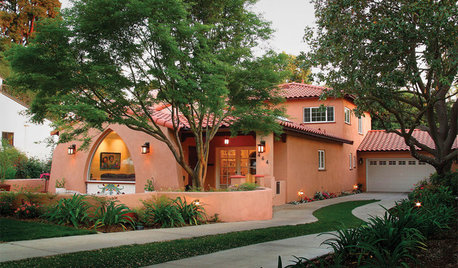
GARDENING AND LANDSCAPINGRenovation Detail: The Ribbon Driveway
Grass paired with concrete for the driveway is more than just pleasing to the eye — it's good for the environment and your home
Full Story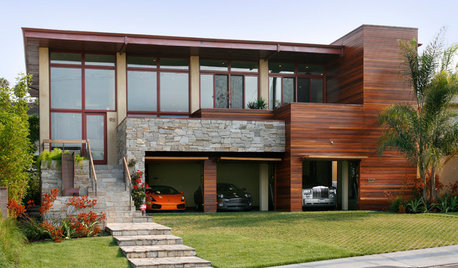
LANDSCAPE DESIGNLandscaping Tricks to Manage Stormwater Runoff
Help rainwater absorb slowly back into the earth with paving grids, gravel beds and other porous systems
Full Story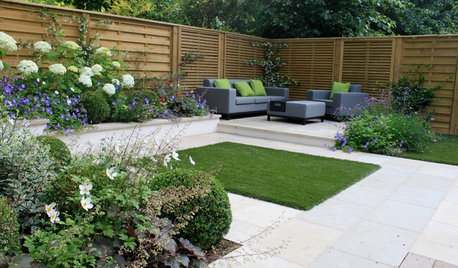
LANDSCAPE DESIGN10 Ways to Use Artificial Turf Where It Actually Looks Good
Fake grass is not for everyone, but it can be a problem-solver on balconies, on driveway strips and in urban courtyards
Full Story
LANDSCAPE DESIGNIs It Time to Consider Fake Grass?
With more realistic-looking options than ever, synthetic turf can be a boon. Find the benefits and an installation how-to here
Full Story
CONCRETEWhy Concrete Wants to Crack
We look at the reasons concrete has a tendency to crack — and what you can do to help control it
Full Story


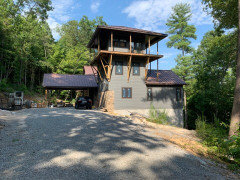

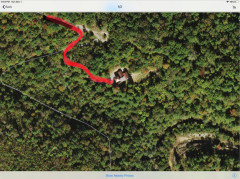
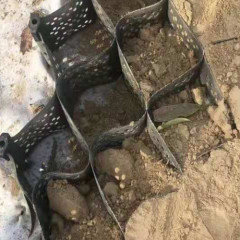


btydrvn